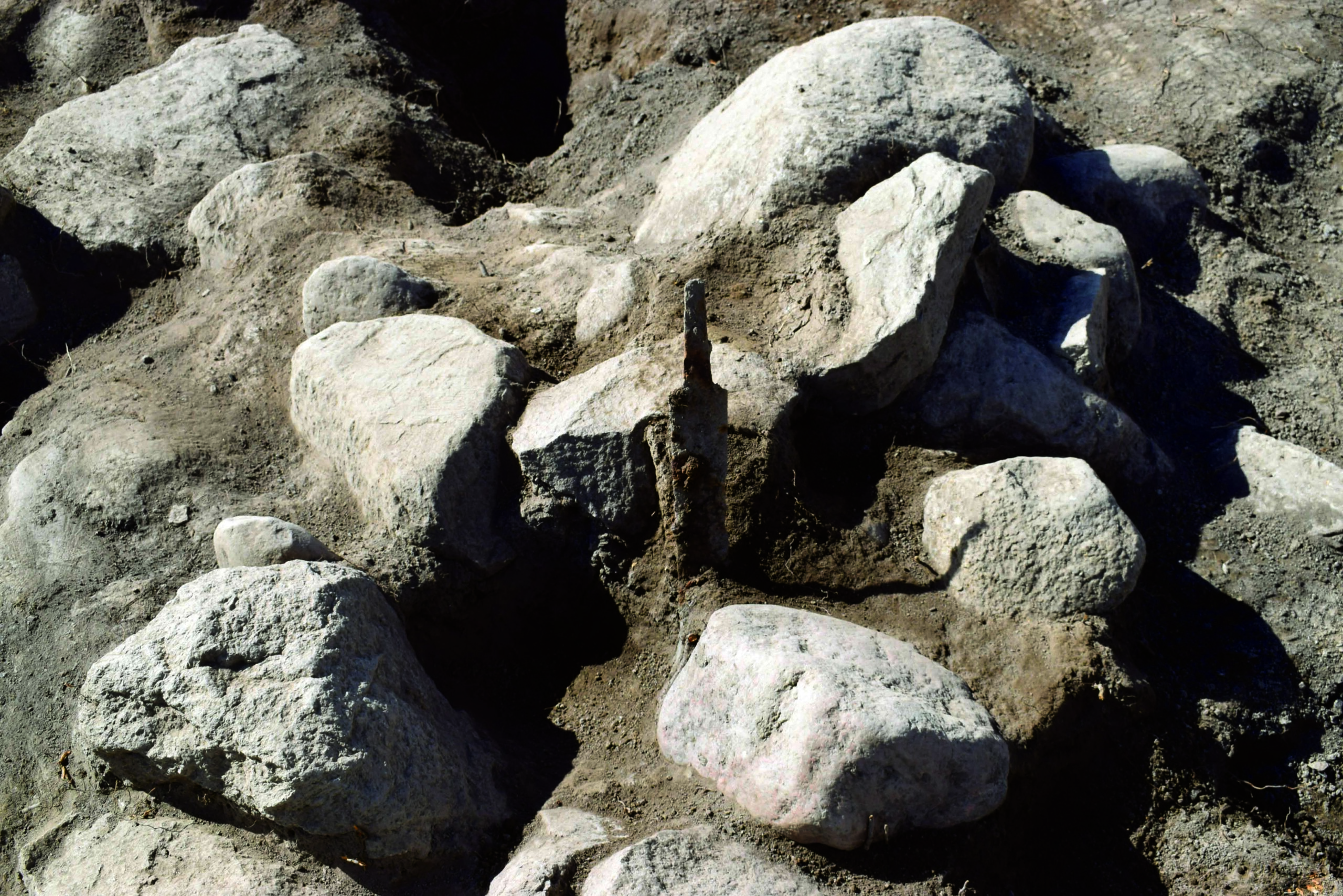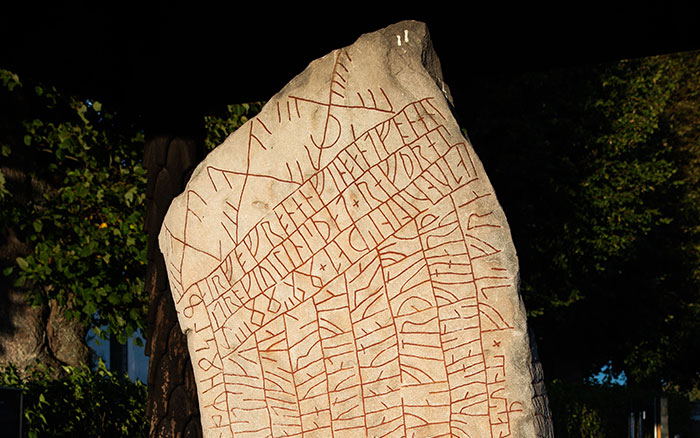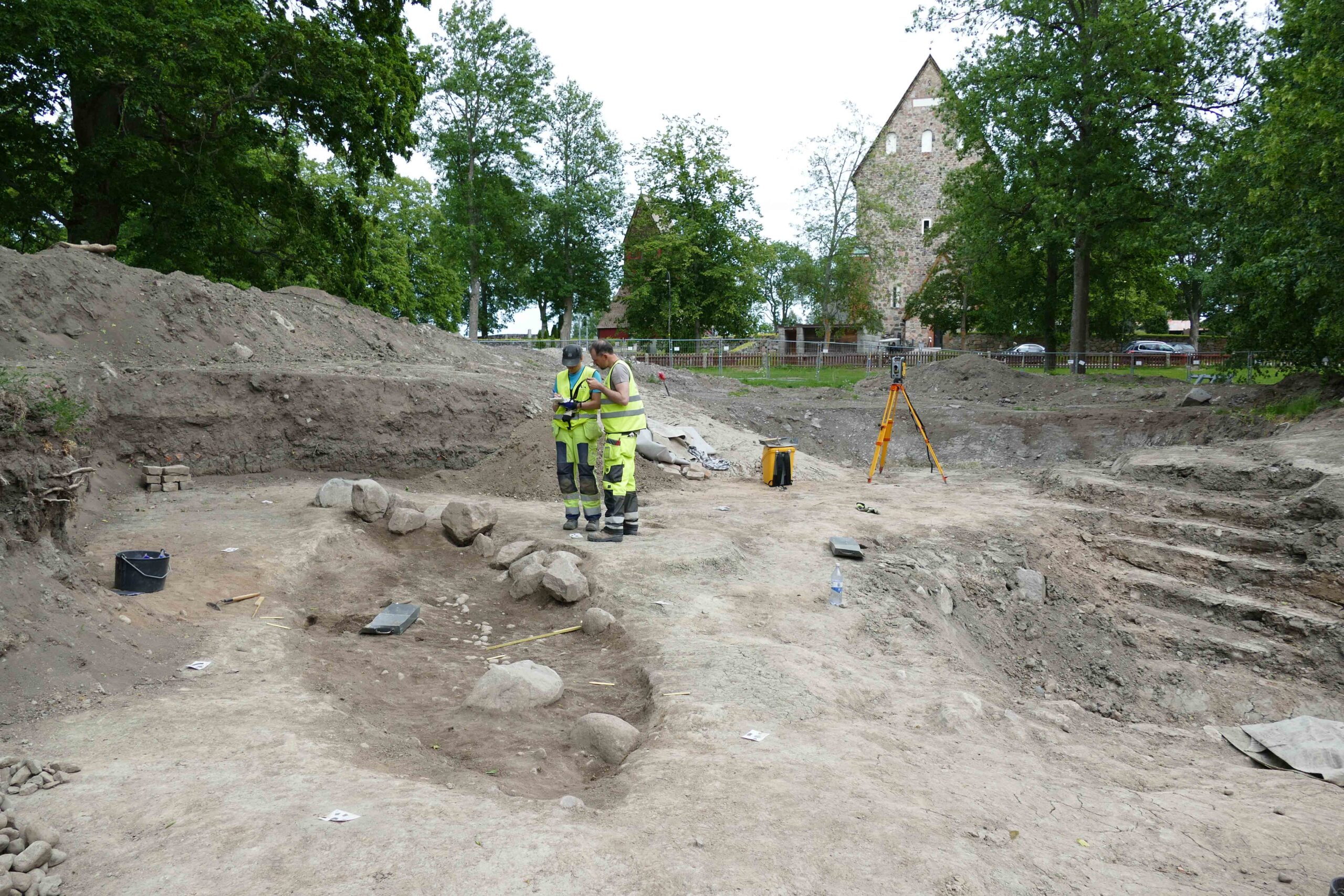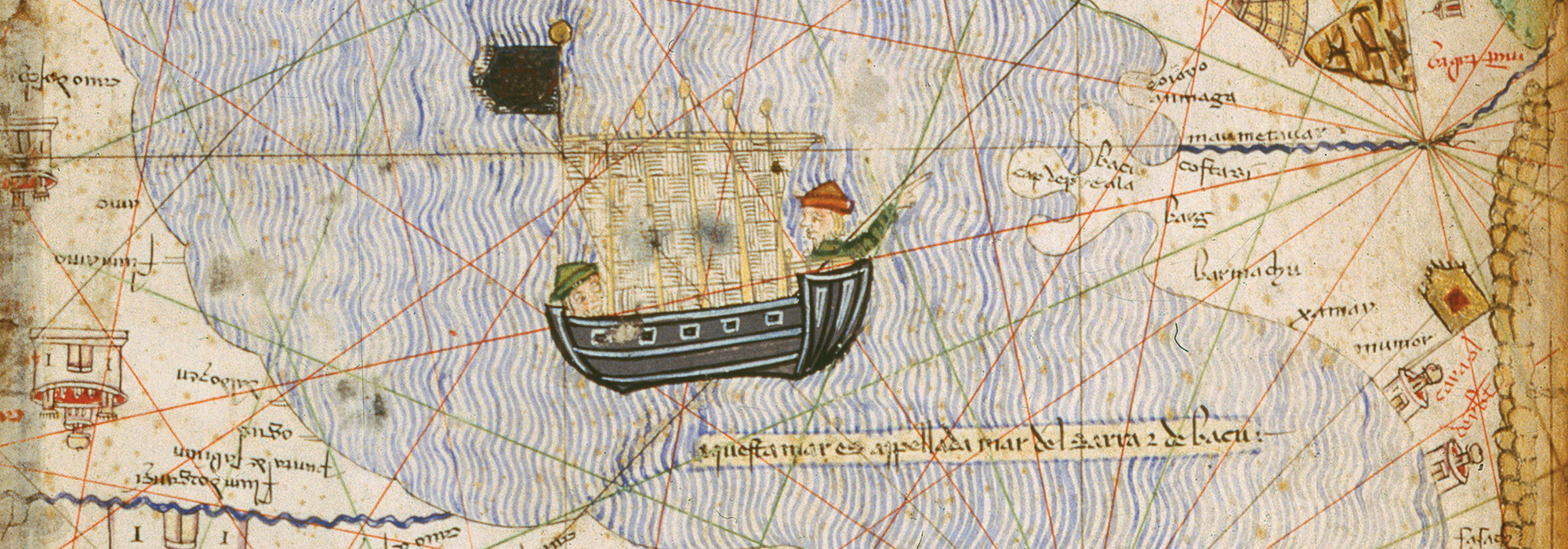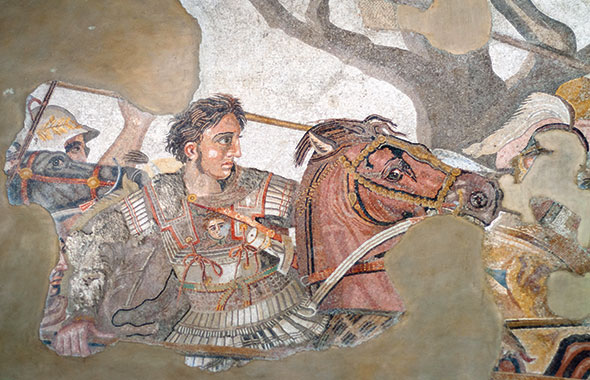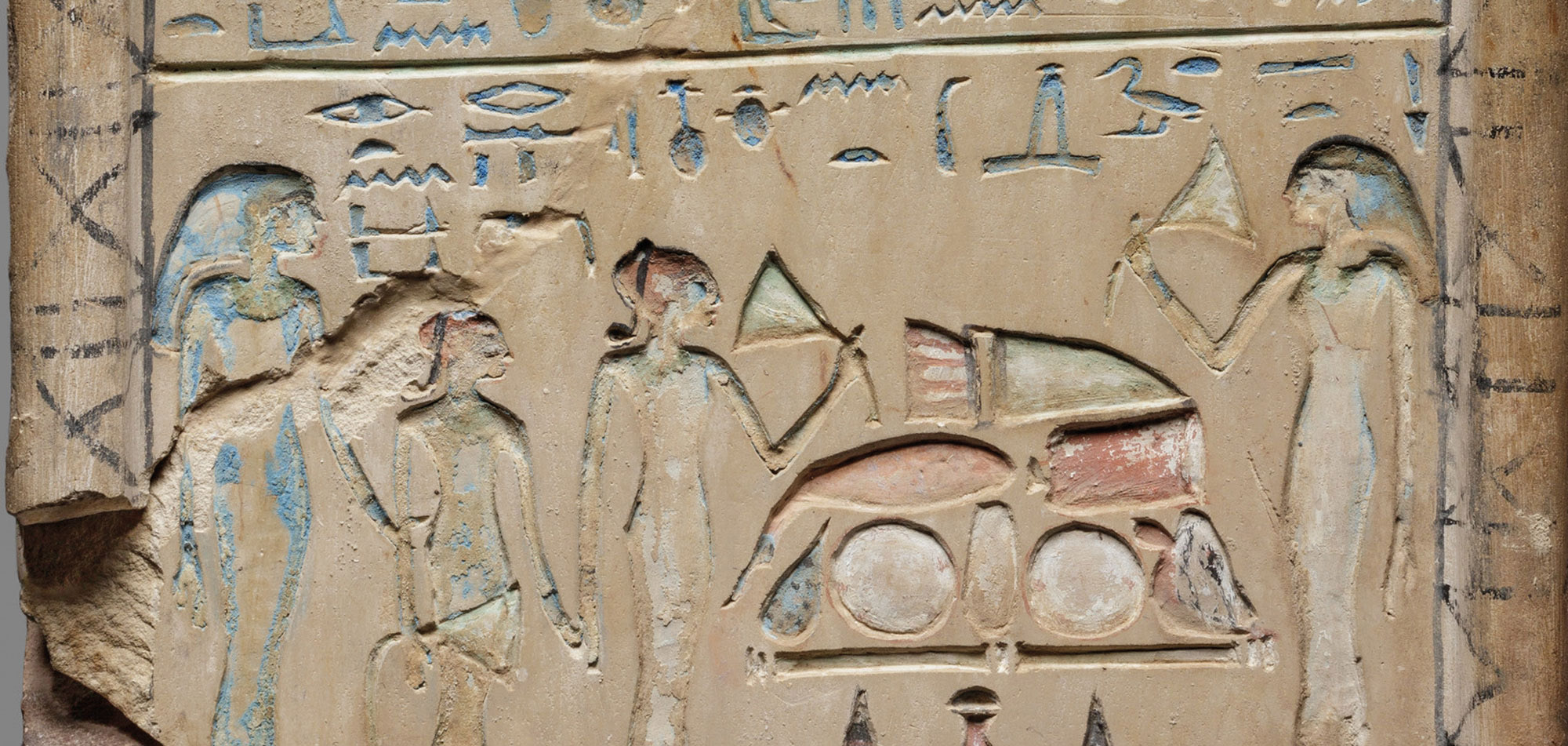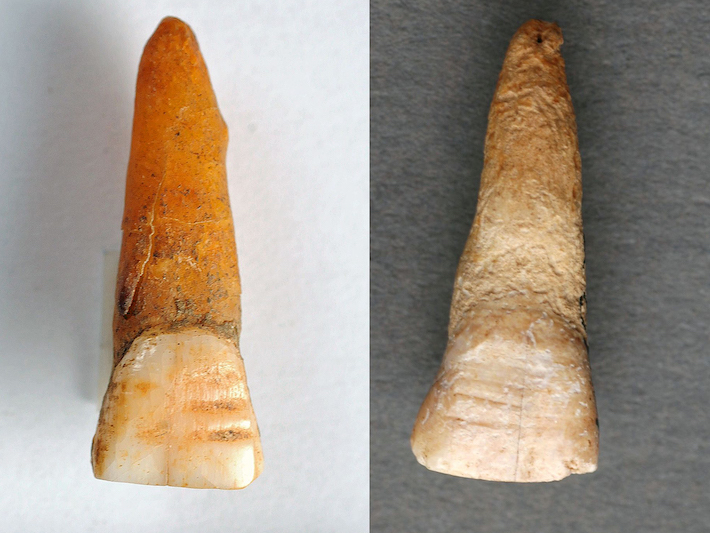
MÜNSTER, GERMANY—Matthias Toplak and Lukas Kerk of the Viking Museum Haithabu and the University of Münster examined filed teeth and deformed skulls found in Viking Age burials on the Swedish island of Gotland, which is located in the Baltic Sea, according to a Newsweek report. Vikings may have also had tattoos, piercings, scarification, or hair and beard styles to signal affiliation with certain social, religious, or cultural groups, the researchers explained, but these forms of body modification do not survive in archaeological contexts. In all, more than 130 men buried in the cemetery between the late eighth and eleventh centuries were found to have horizontal grooves in their teeth. The researchers suggest that the teeth filings may have been used as a rite of initiation into a social group of men, perhaps a closed group of merchants that offered commercial advantages, protection, or other privileges. Meanwhile, the skull modifications were only found on women’s remains, and may have signaled beauty, social status, or membership in a particular group. These women may even have come to Gotland from southeastern Europe, perhaps through trading networks, Toplak and Kerk explained. Two of the three women were buried with more jewelry than is usually found in women’s burials in the region, they added, and these artifacts may reflect their prestige. Read the original scholarly article about this research in Current Swedish Archaeology. For more about the Vikings of Gotland, go to "Hoards of the Vikings."


